I’ve always been fond of birds, but picking up wildlife photography gave this passion an entirely new dimension. Now I’m planning my trips for bird watching and taking pictures. That includes trying to find places where I can not only see all types of birds but also create spectacular images.
I come from France, but I fell in love with Finland while studying here. I’ve lived in Helsinki for 1.5 years now, and I’ve enjoyed several trips to the far North, to Lapland and beyond it, Norway, and the Arctic Ocean.
In winter, these cold regions host a surprising variety of rare birds, coming in all shapes and colors. That’s what I want to show you.
The first habitat you’ll encounter is the taiga, i.e., the forest. There, you’ll essentially find small songbirds, though if you’re lucky, you may encounter a grouse or an owl. Small birds come to the feeders, and that’s where you have the best chances to see them and take pictures.
The most prized birds for birders are the Pine grosbeak (a red monster, though the female is green-yellow), the Siberian tit (a cousin to the very common Blue and Great tits, but which lives only far in the north), the Arctic redpoll (very white, though difficult to separate from the Common redpoll), the Bohemian waxwing (a berry-eater gangster) and the Siberian jay (a lovely fella, very curious, and may come to your hand if you offer some food).
More info: eiwawar.wordpress.com | Instagram
#1 The Striking King Eider
Apart from birds, you may meet such arctic animals as squirrels and elks (moose), and also enjoy stunning sunsets and wonderful aurora displays. If you go further north, you’ll cross the tundra, a treeless heath that essentially devoid of visible life during winter (you’ll see “a bit” of snow though), and then you’ll reach the Arctic Ocean. Thanks to the Gulf Stream, the Norwegian coast doesn’t really freeze during winter, and lots of birds enjoy that.
Two special species of ocean birds attract visitors: King eider and Steller’s eider. They both breed in the far north of Russia but spend the winter months in milder places. They are also stunning, colorful birds with weird shapes and patterns painted on their bodies. They are a true treat to observe and can be seen at close range in harbors like Båtsfjord. Often not far, Black-legged kittiwakes nest on cliffs but also on harbor buildings, occupying roofs and window ledges.
In special areas, usually remote cliffs and islands, alcids nest. These cute and clumsy birds, made for diving rather than flying or worse, walking, gather in huge colonies. Their sheer number is offering protection against predators; in Hornøya, 100,000 seabirds nest in the cliff. There you’ll see kittiwakes again, but also Common guillemots (including many of the bridled form), the rarer Brünnich’s guillemot (this one likes the steepest parts of the cliff), the European shag and the ultimate clown, the lovely Atlantic puffin.
In the Arctic regions, you’ll face unforgiving conditions, with snow, wind, and low temperatures, but if you are well equipped, you will witness a show like no other. These pictures were made during two different trips.

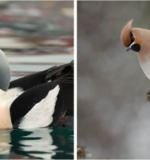
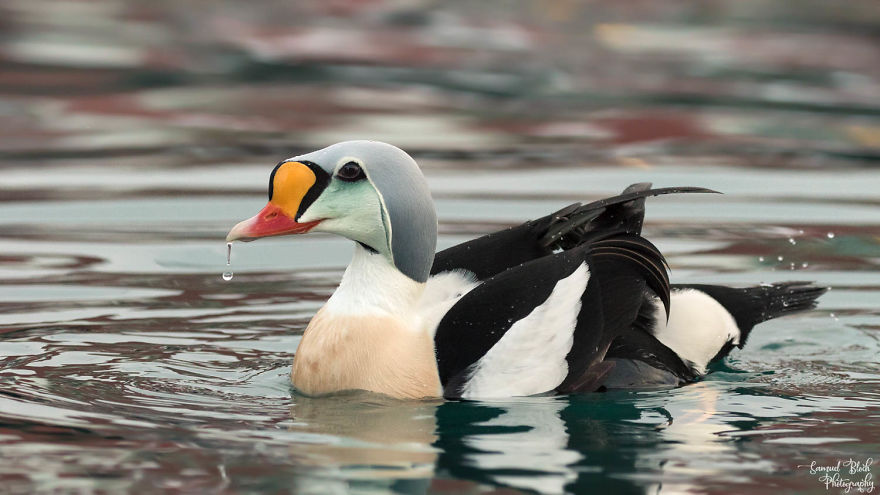
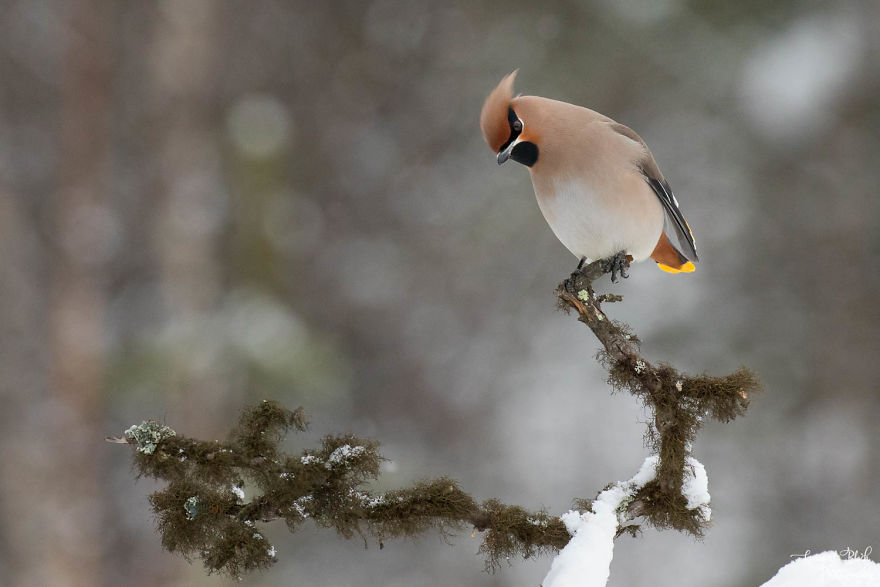
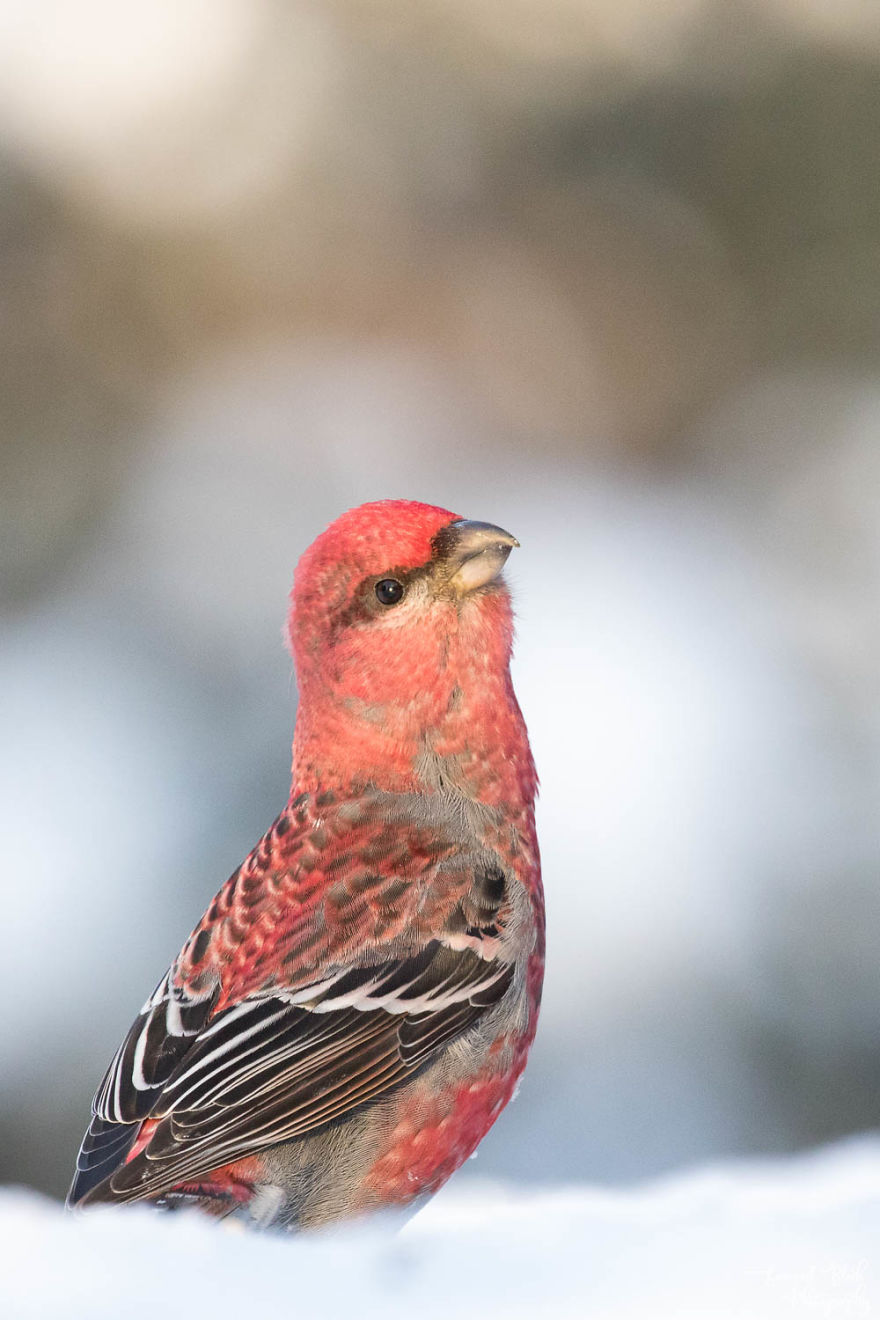
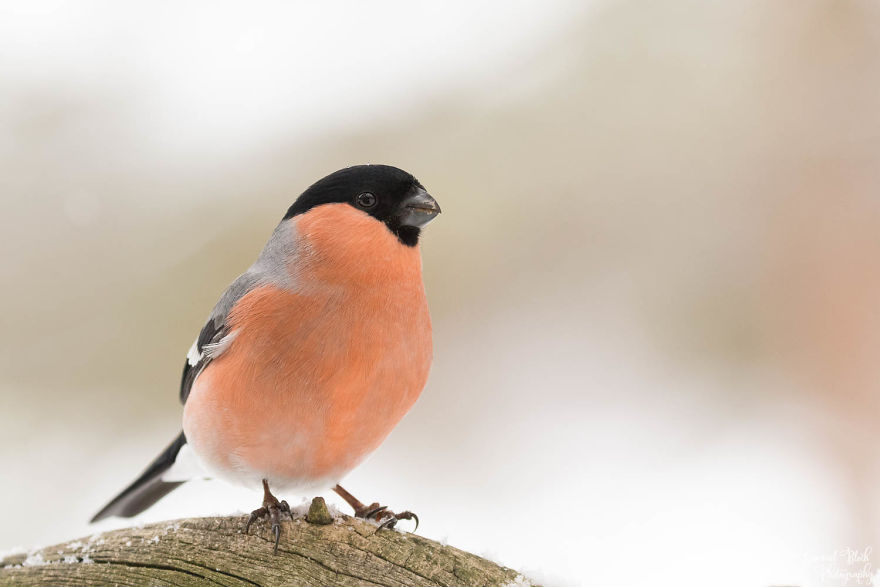
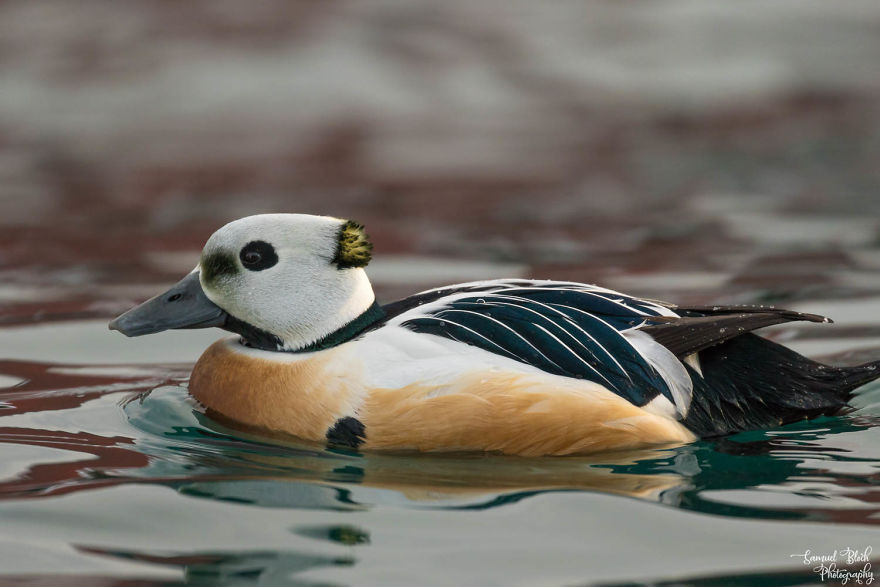
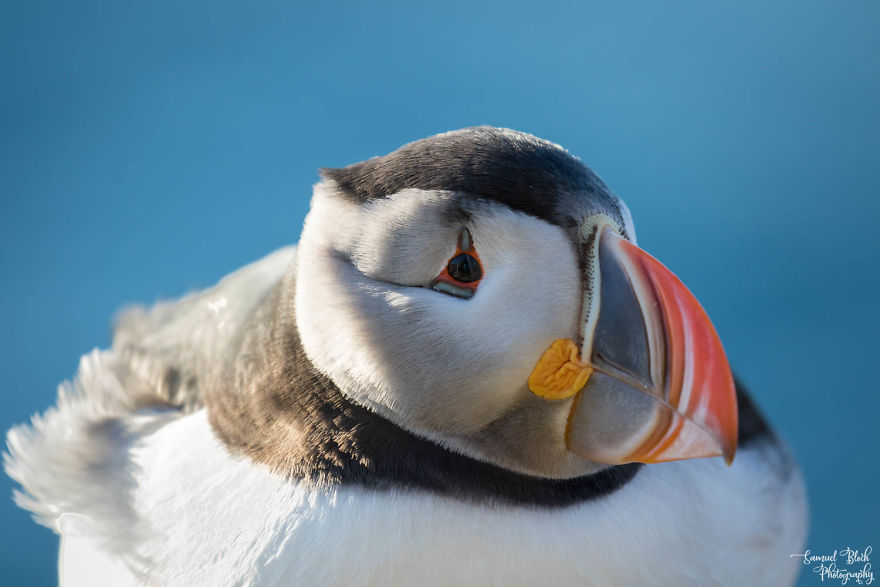
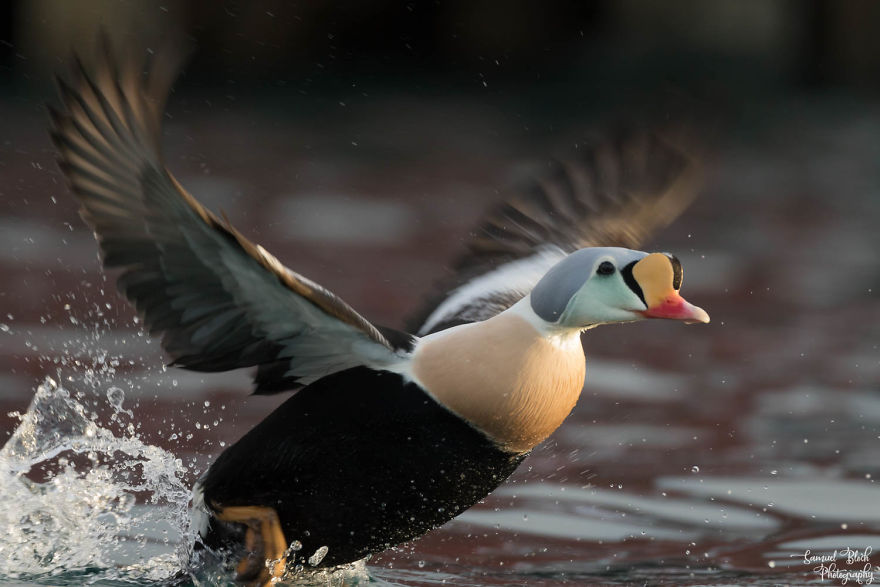
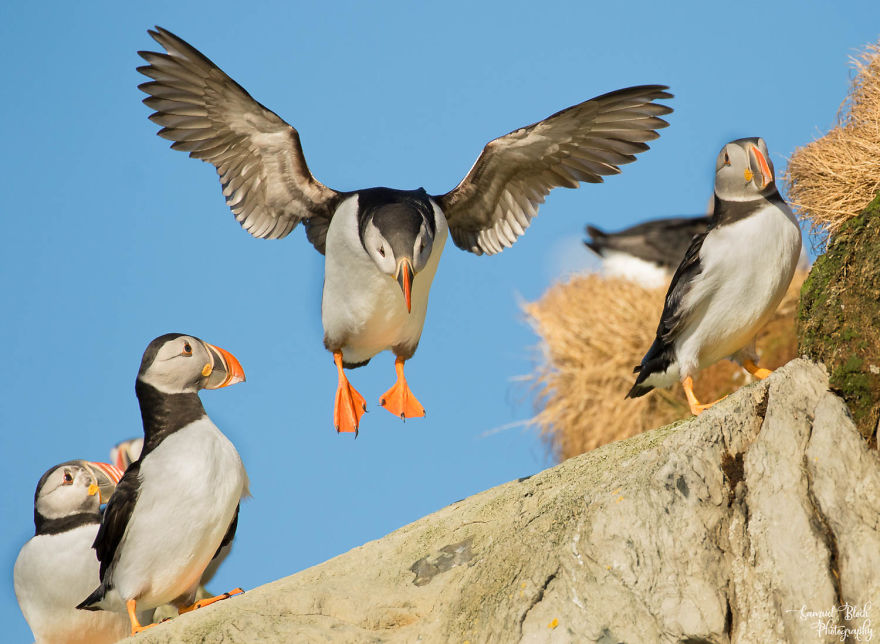
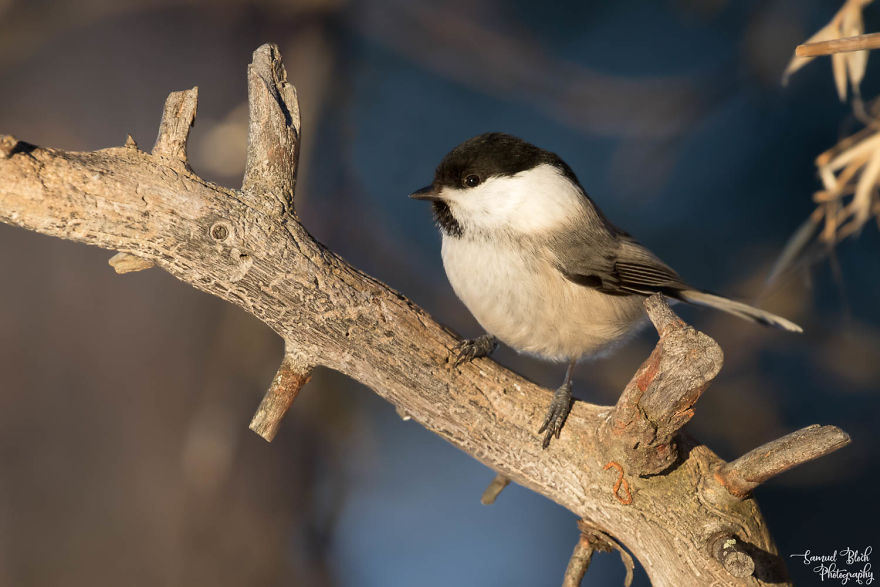
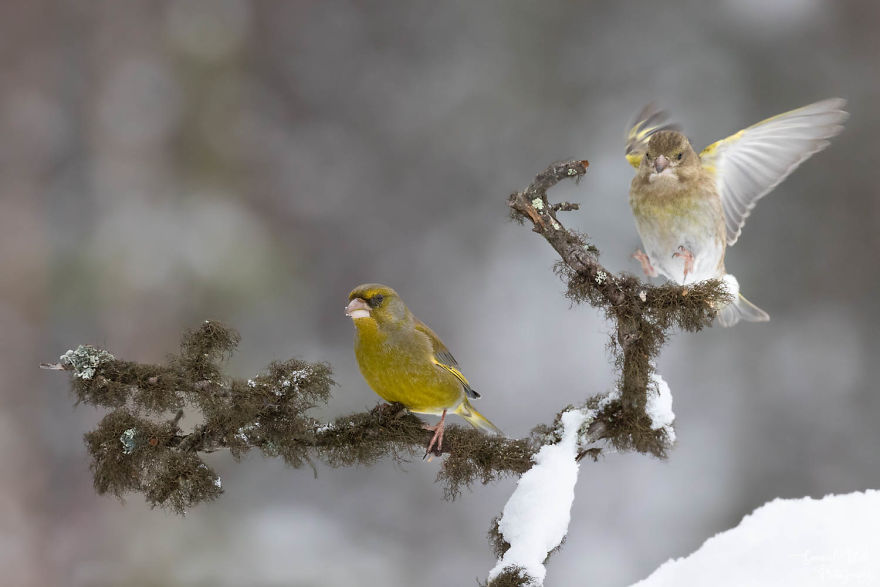
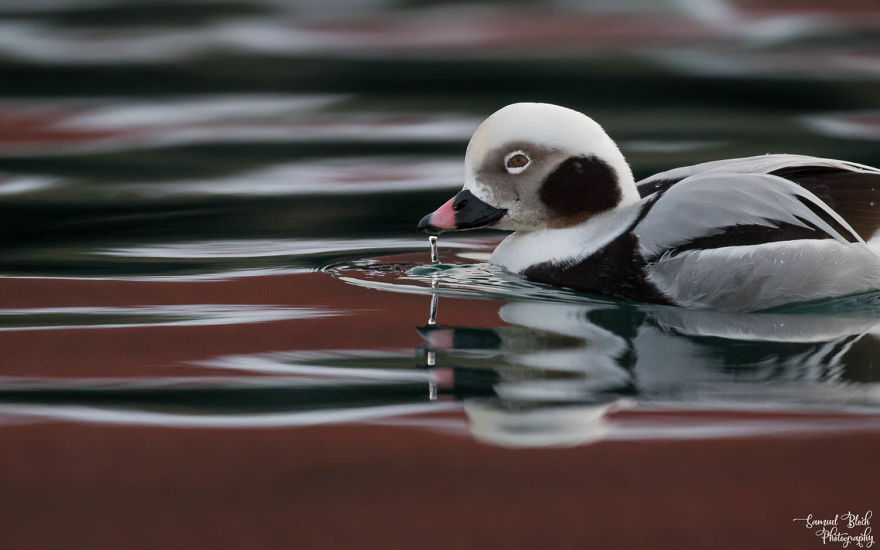
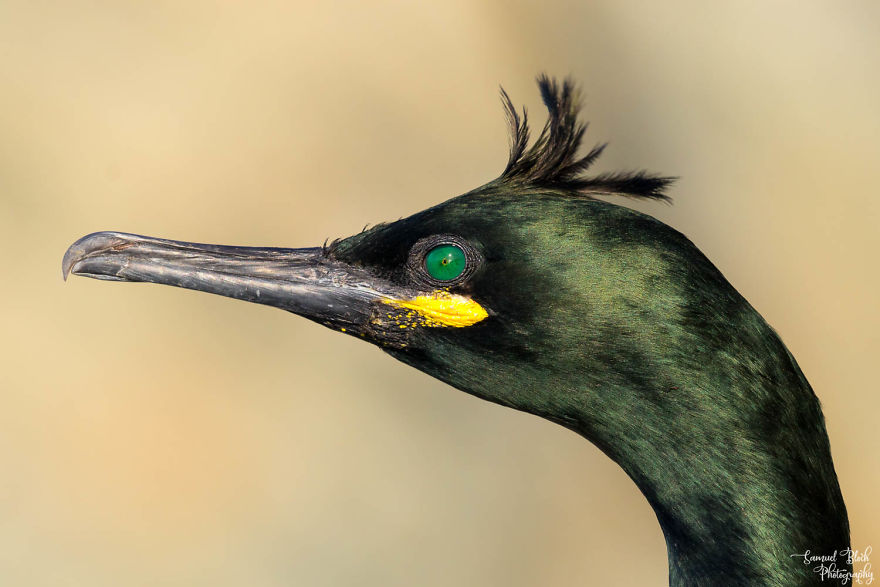

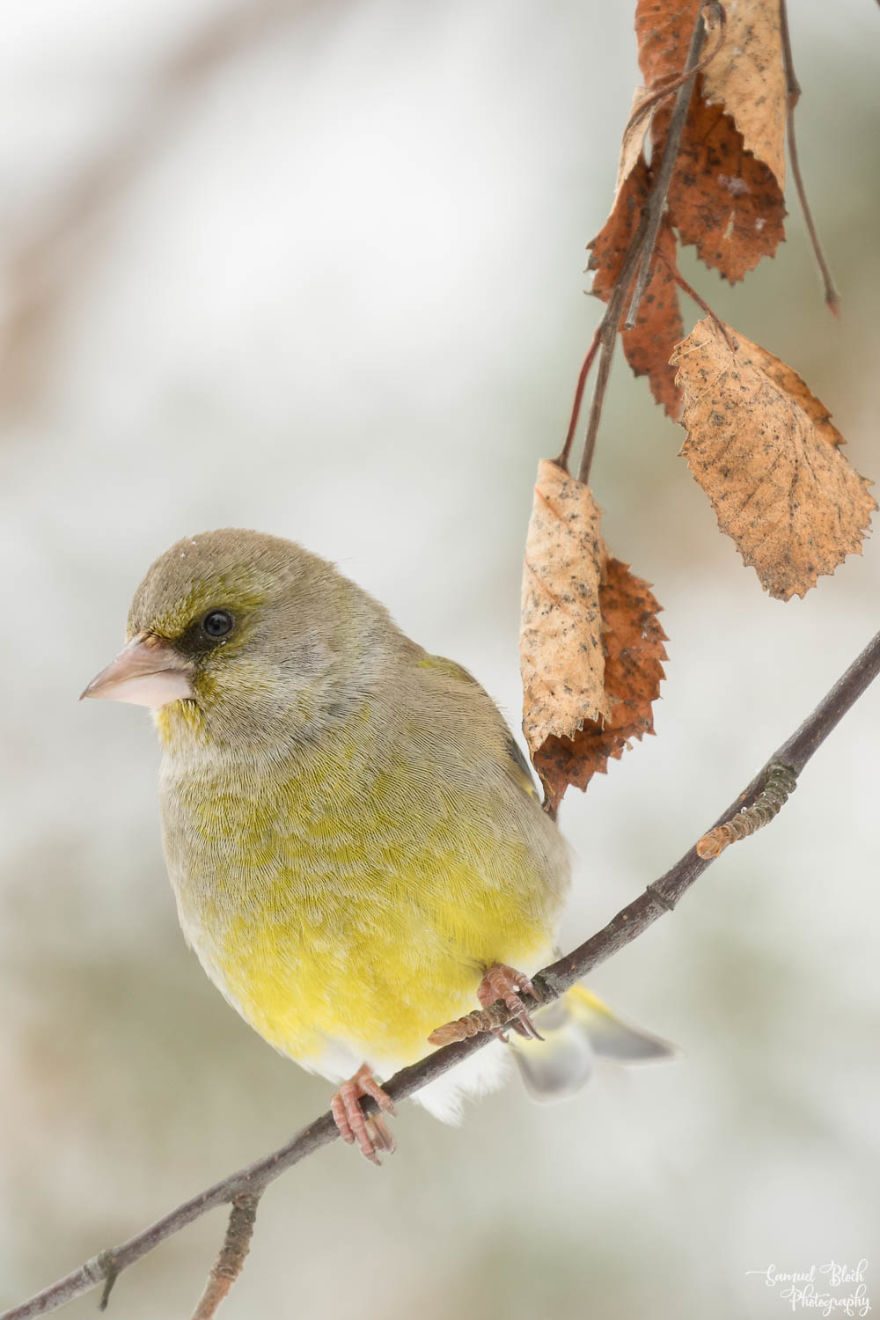

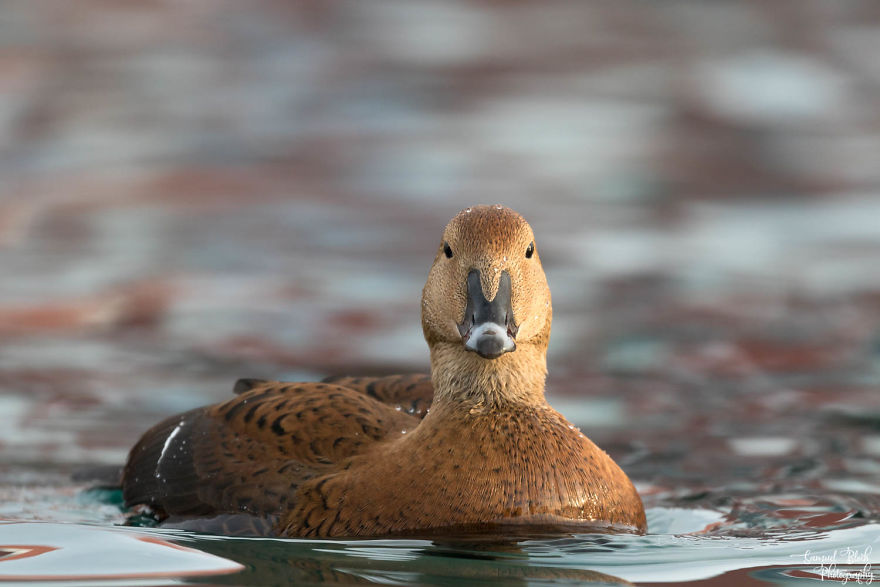
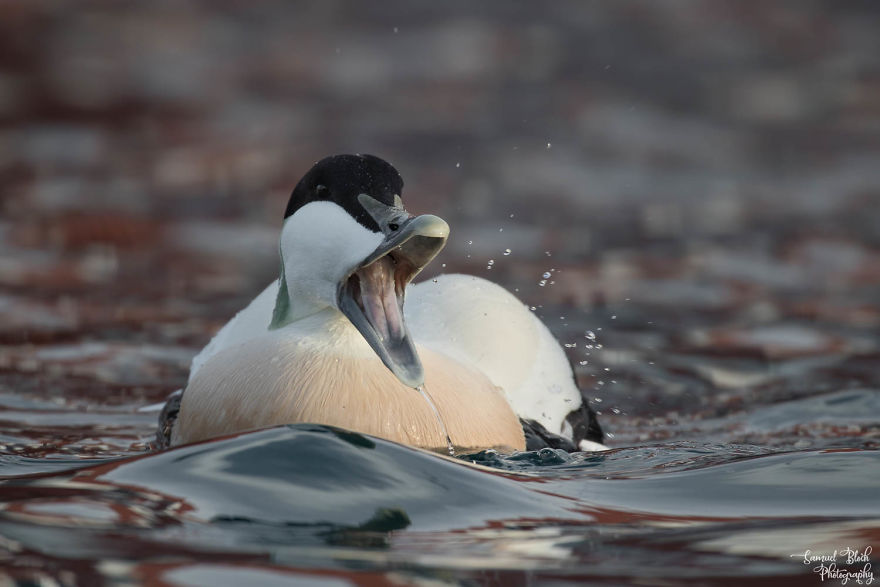
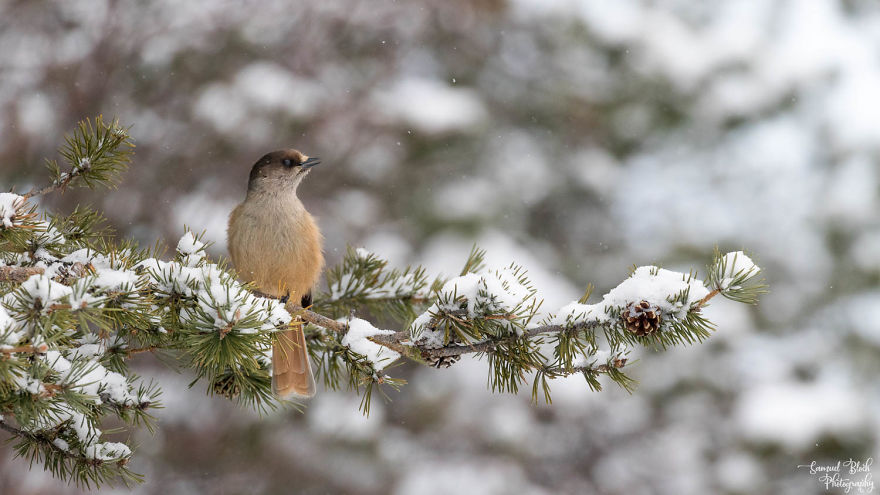
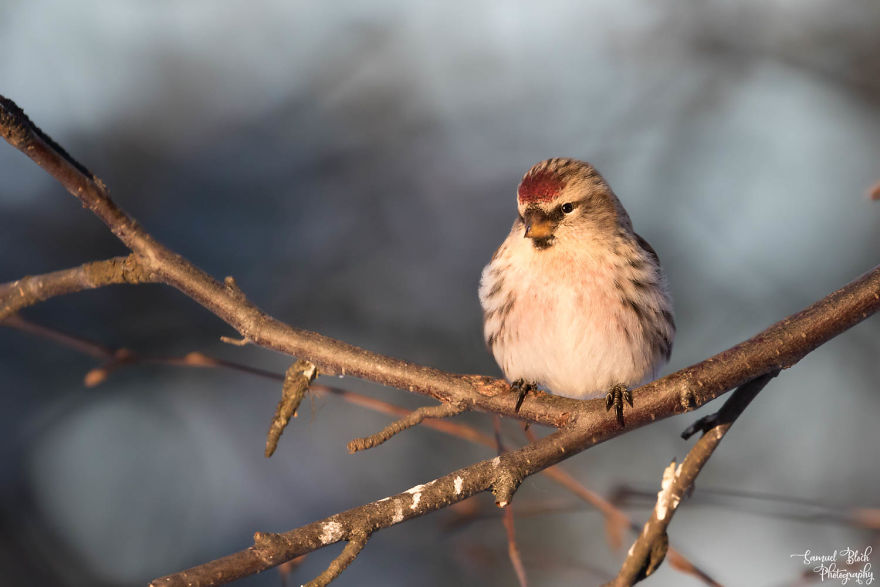
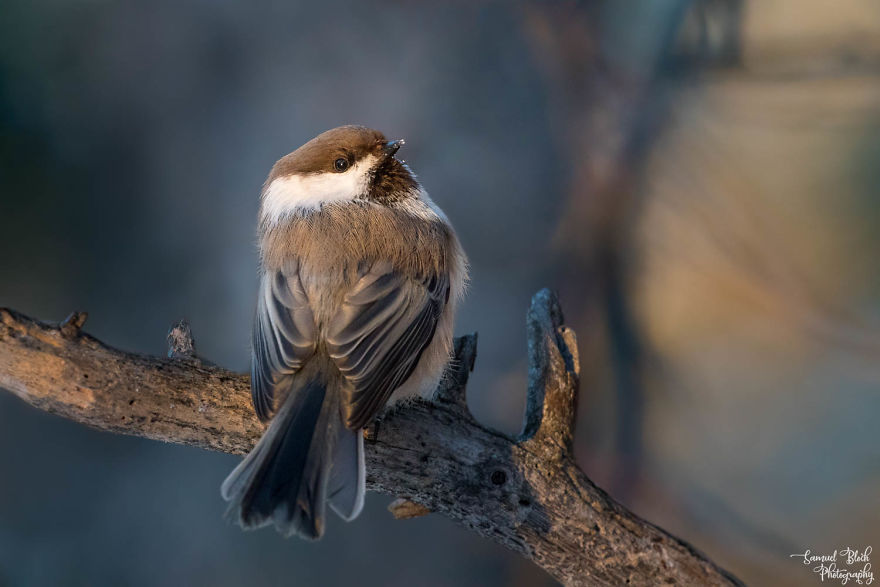
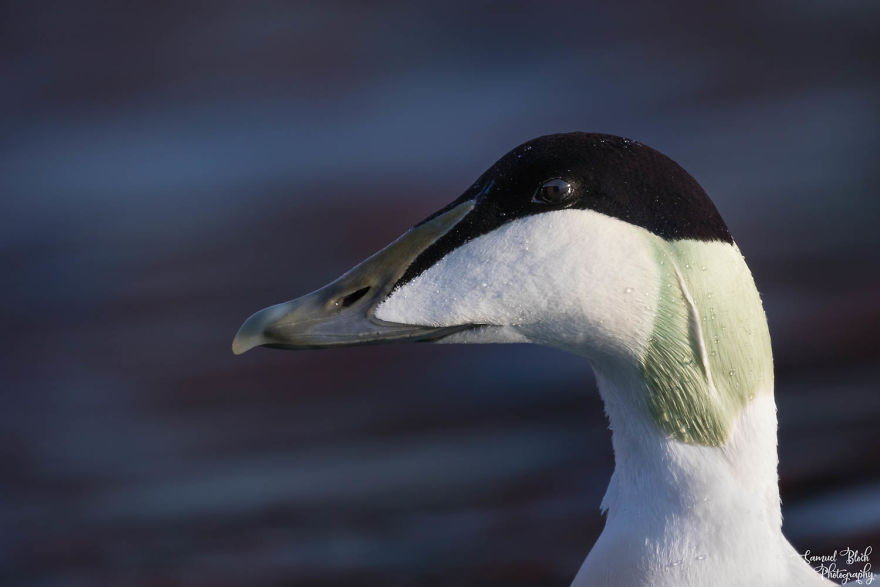
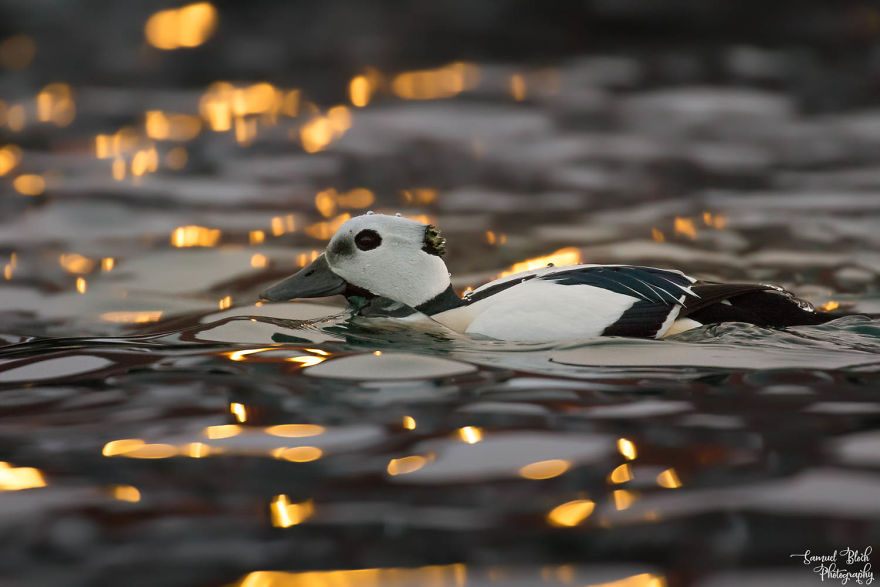
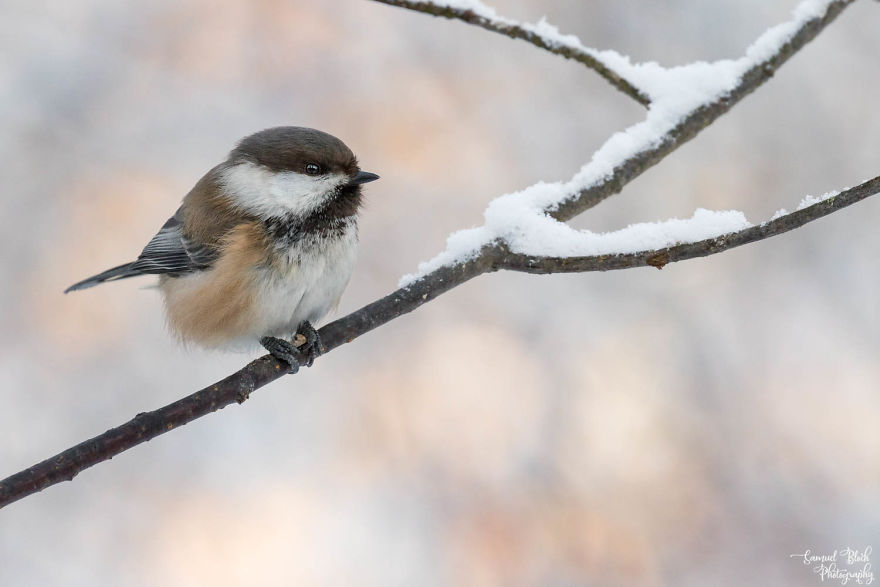
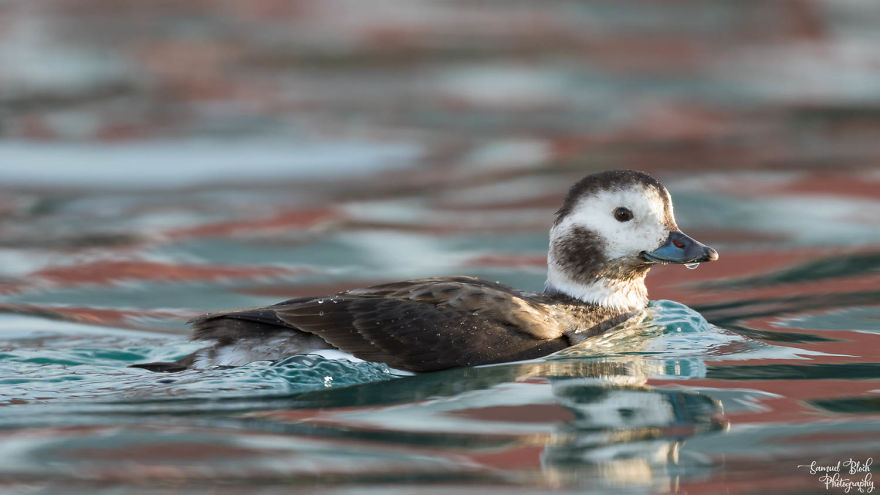
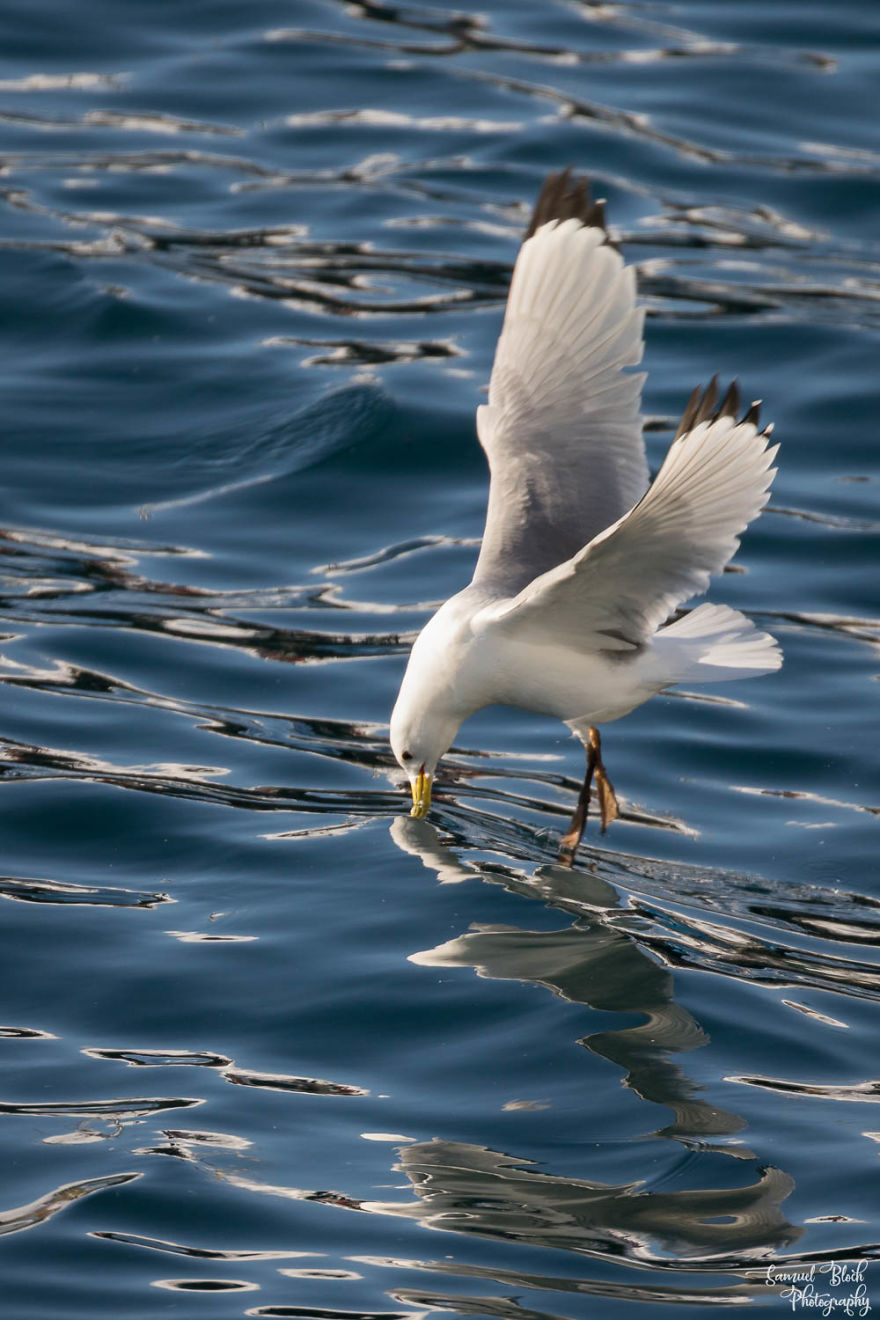
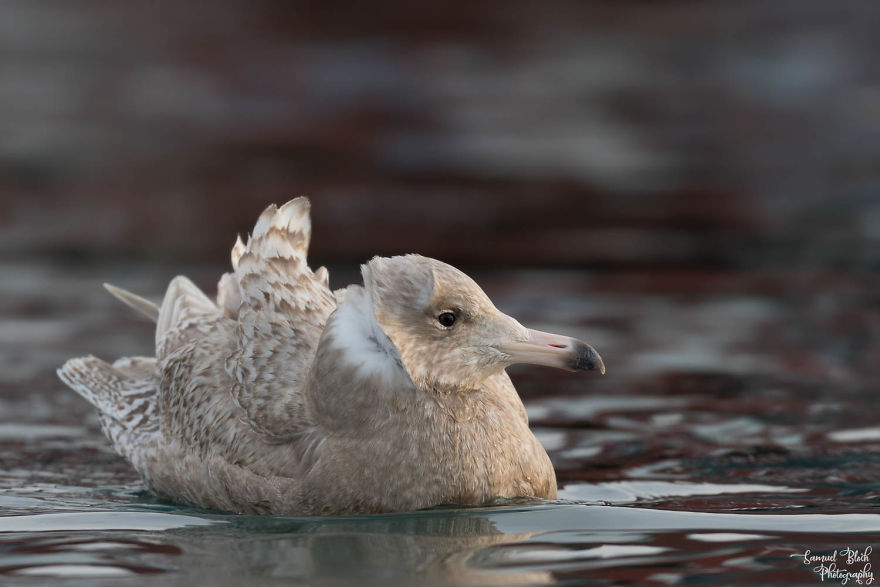
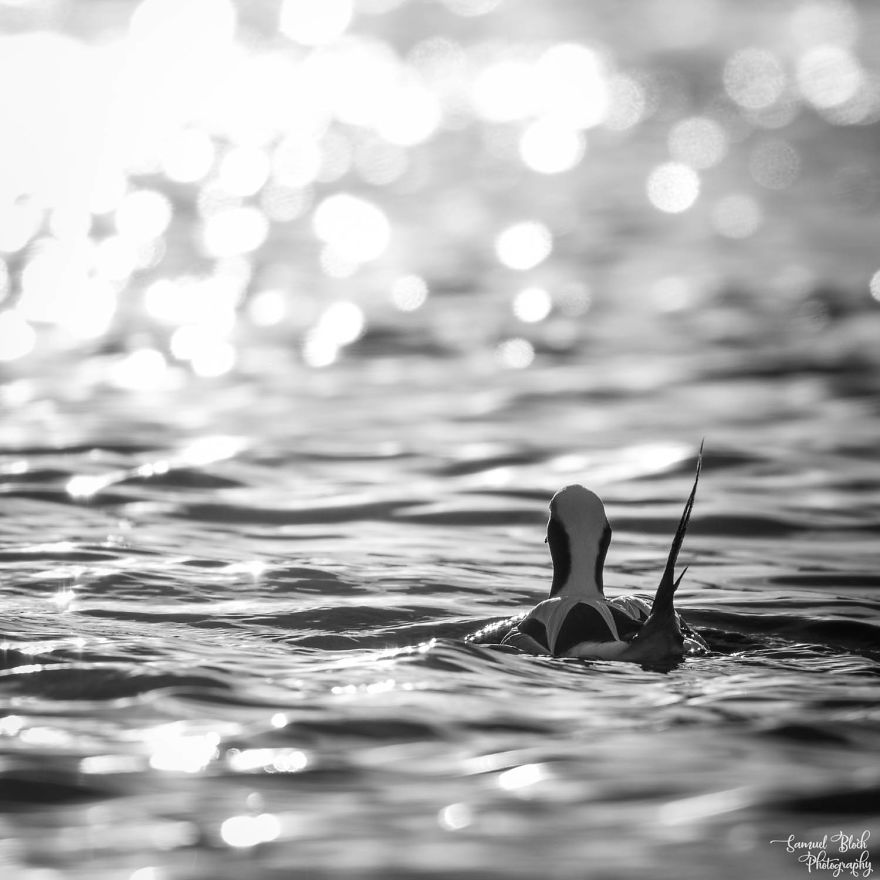
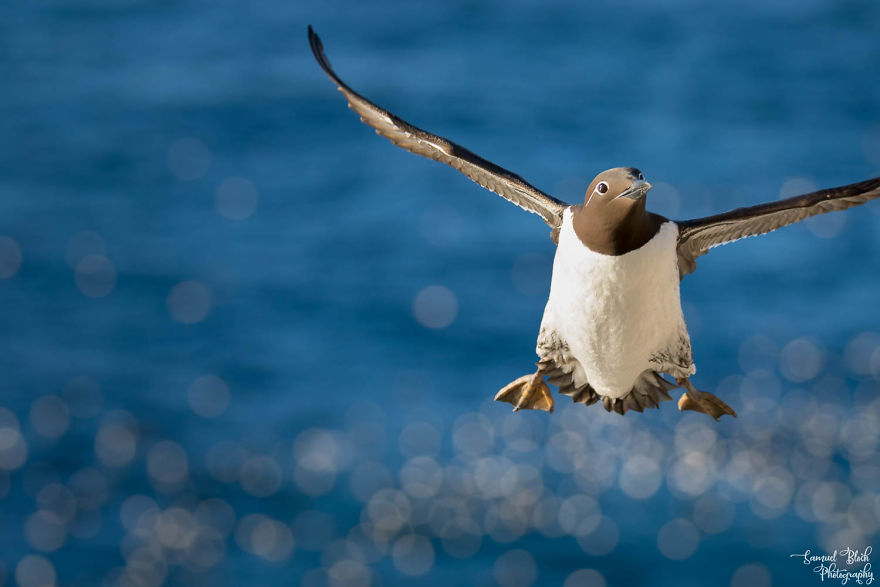
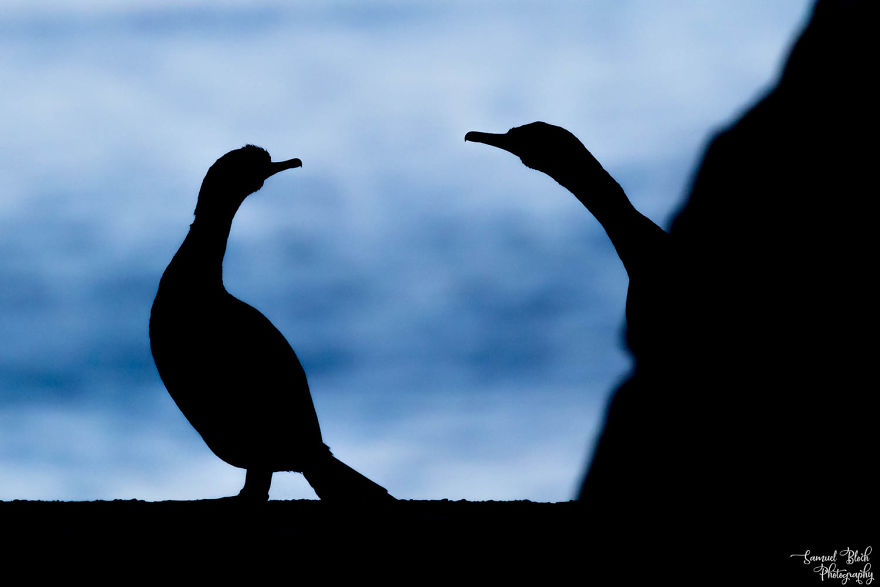
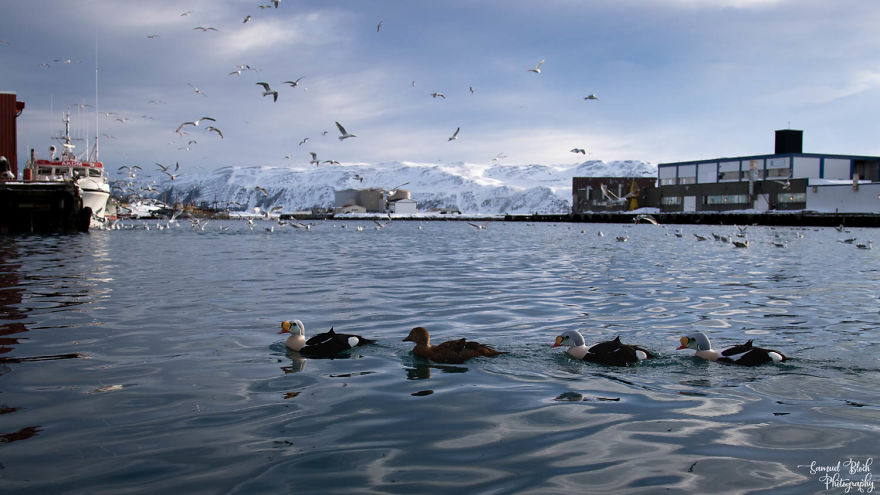
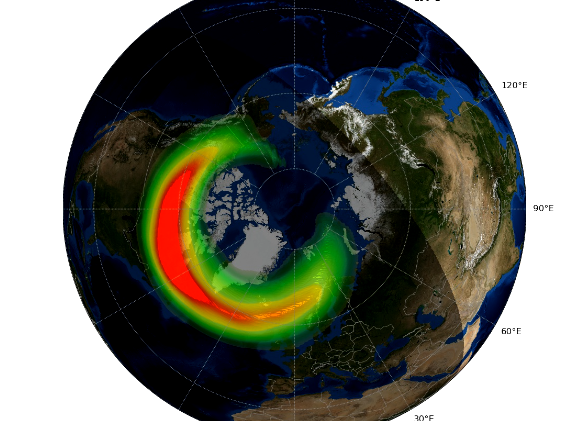
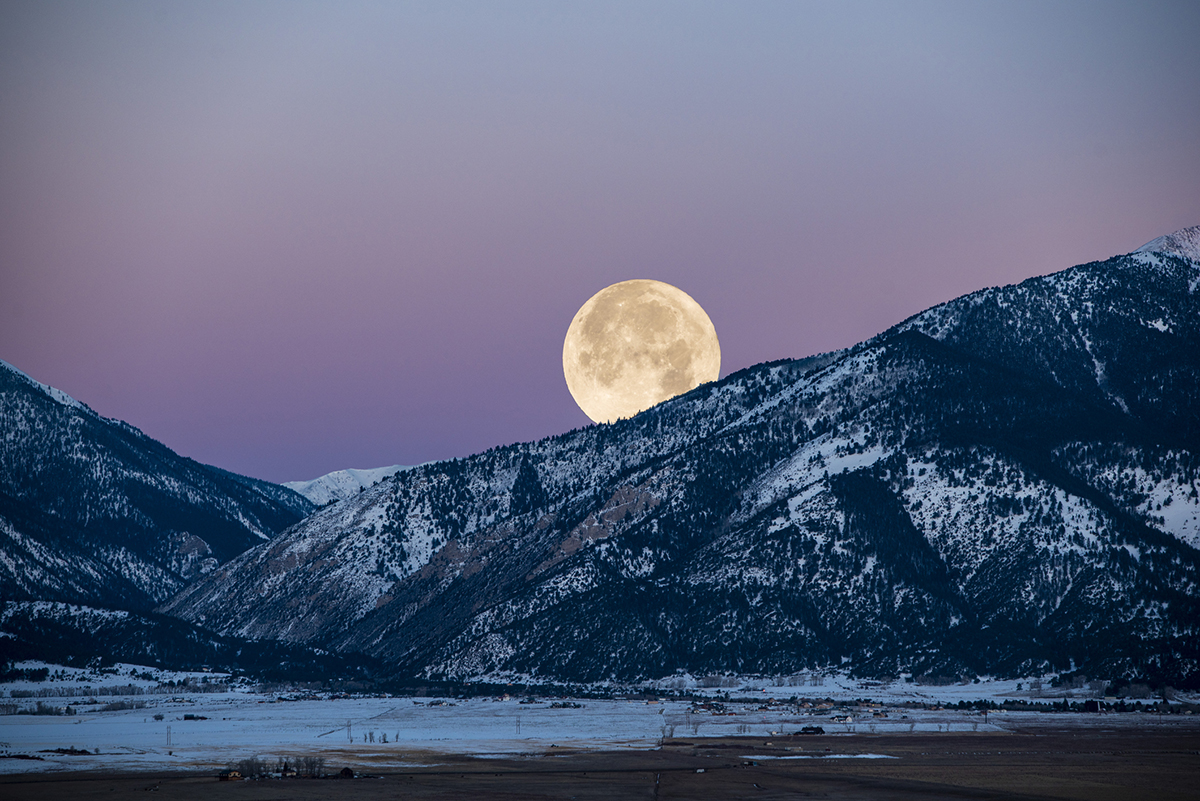
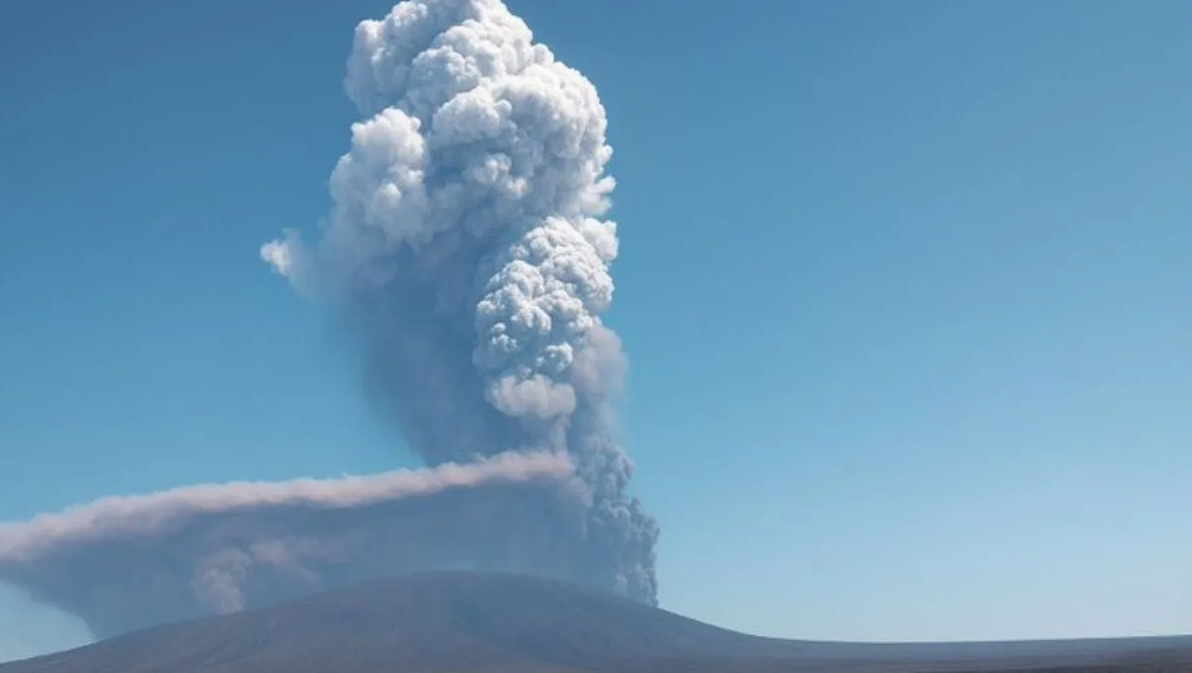
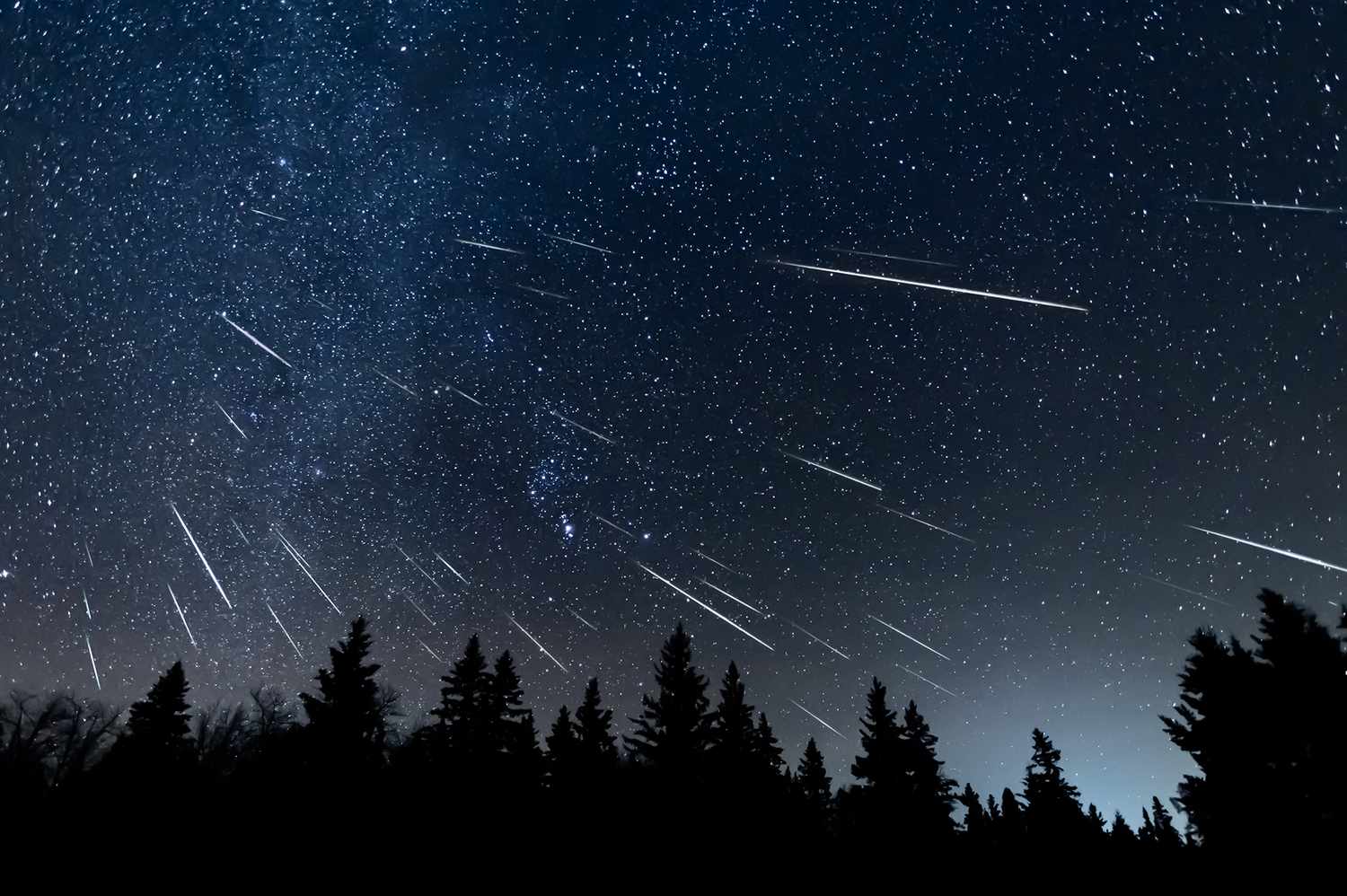
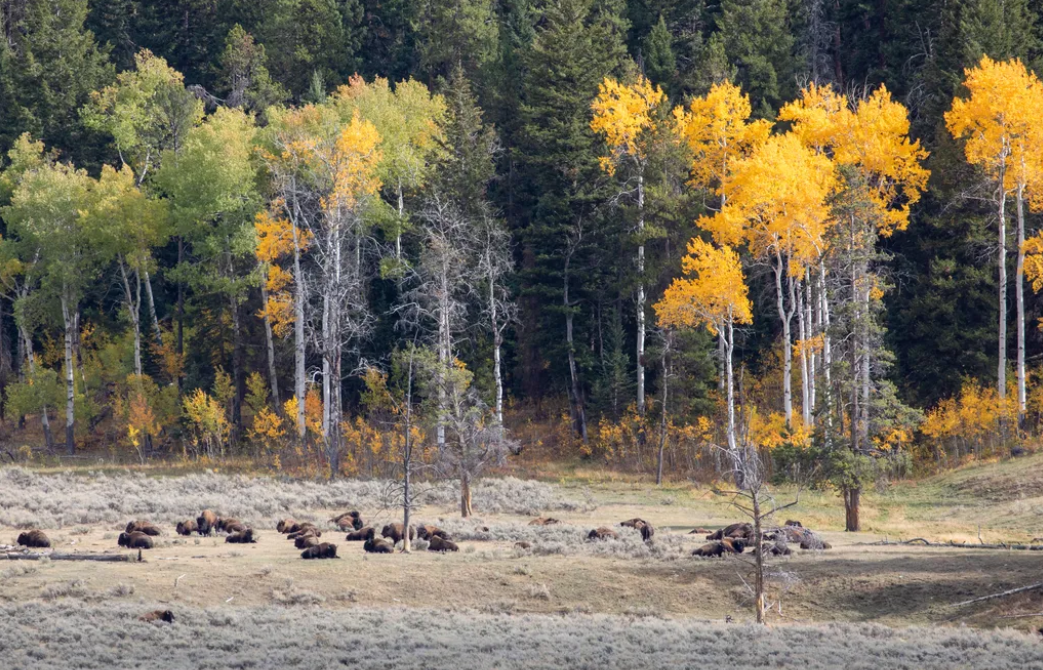

 Photographer Finds Locations Of 1960s Postcards To See How They Look Today, And The Difference Is Unbelievable
Photographer Finds Locations Of 1960s Postcards To See How They Look Today, And The Difference Is Unbelievable  Hij zet 3 IKEA kastjes tegen elkaar aan en maakt dit voor zijn vrouw…Wat een gaaf resultaat!!
Hij zet 3 IKEA kastjes tegen elkaar aan en maakt dit voor zijn vrouw…Wat een gaaf resultaat!!  Scientists Discover 512-Year-Old Shark, Which Would Be The Oldest Living Vertebrate On The Planet
Scientists Discover 512-Year-Old Shark, Which Would Be The Oldest Living Vertebrate On The Planet  Hus til salg er kun 22 kvadratmeter – men vent til du ser det indvendigt
Hus til salg er kun 22 kvadratmeter – men vent til du ser det indvendigt  Superknepet – så blir snuskiga ugnsformen som ny igen!
Superknepet – så blir snuskiga ugnsformen som ny igen!  Meteorite That Recently Fell in Somalia Turns Out to Contain Two Minerals Never Before Seen on Earth
Meteorite That Recently Fell in Somalia Turns Out to Contain Two Minerals Never Before Seen on Earth  Nearly Frozen Waves Captured On Camera By Nantucket Photographer
Nearly Frozen Waves Captured On Camera By Nantucket Photographer  It’s Official: Astronomers Have Discovered another Earth
It’s Official: Astronomers Have Discovered another Earth 